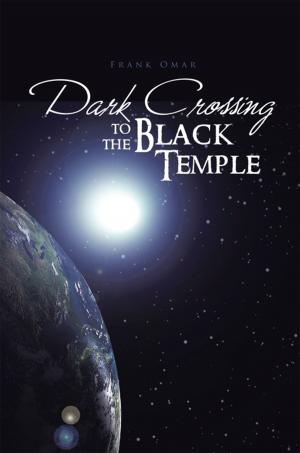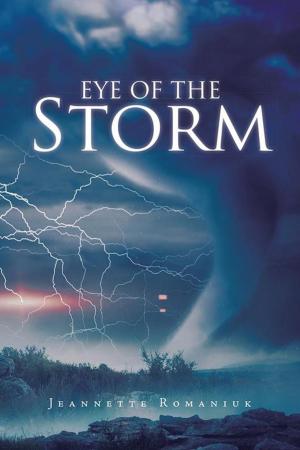| Author: | Satyapal Anand | ISBN: | 9781426996979 |
| Publisher: | Trafford Publishing | Publication: | October 20, 2011 |
| Imprint: | Trafford Publishing | Language: | English |
| Author: | Satyapal Anand |
| ISBN: | 9781426996979 |
| Publisher: | Trafford Publishing |
| Publication: | October 20, 2011 |
| Imprint: | Trafford Publishing |
| Language: | English |
Satyapal Anands poetry is cerebral rather than emotional. It reveals many splendored splashes of color and sound. His poems reveal the essential mythopoeic self present in the poet himself as in all humanity. Again, his personae are all inside his poems. Here and now or there and beyond combine and create word collages. By authenticating effects of the vision and perceptions underlying them, his images give us new ways of seeing the world. There is a kind of double vision involved in it. His is the imagists faculty for seeing a thing at once precisely for itself and, at the same time, as part of a larger phenomenon. Many of his poems are dramatic monologues. In these the speaker does not speak in a vacuum. When he speaks or acts, it reflects the time, place, thought, social conventions, and general circumstances; but it also impinges upon political, philosophical, and religious shades of meaning that transgress the immediacy of the situation. Caroline Greene says that nothing extraordinary has happened in American poetry in the past half a century, and if an Urdu poet of the stature of Satyapal Anand chooses to bring his treasure house to the English speaking word, it is likely to change the entire scenario here. It is precisely because the poet recovers the extracultural, historic-mythological ground of humanity as a whole that the American poets have lost in localizing their poetry.
Satyapal Anands poetry is cerebral rather than emotional. It reveals many splendored splashes of color and sound. His poems reveal the essential mythopoeic self present in the poet himself as in all humanity. Again, his personae are all inside his poems. Here and now or there and beyond combine and create word collages. By authenticating effects of the vision and perceptions underlying them, his images give us new ways of seeing the world. There is a kind of double vision involved in it. His is the imagists faculty for seeing a thing at once precisely for itself and, at the same time, as part of a larger phenomenon. Many of his poems are dramatic monologues. In these the speaker does not speak in a vacuum. When he speaks or acts, it reflects the time, place, thought, social conventions, and general circumstances; but it also impinges upon political, philosophical, and religious shades of meaning that transgress the immediacy of the situation. Caroline Greene says that nothing extraordinary has happened in American poetry in the past half a century, and if an Urdu poet of the stature of Satyapal Anand chooses to bring his treasure house to the English speaking word, it is likely to change the entire scenario here. It is precisely because the poet recovers the extracultural, historic-mythological ground of humanity as a whole that the American poets have lost in localizing their poetry.















